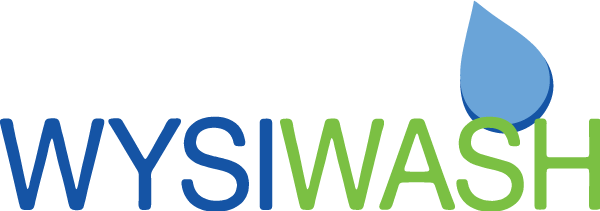The Problem of Hygiene
It should be no surprise to anyone that we have exploding hygiene problems occurring around us. News reports update this topic almost daily. Hospitals are often less sanitary than the outside world they serve. Schools have become virtual laboratories of disease in classrooms and on playground equipment. Prison healthcare is in crisis due to increasingly resistant strains of staphylococcus as well as alarming rates of hepatitis, tuberculosis, and HIV infections.
The boarding kennel industry, with its exploding pet populations and tight budgets, presently faces significant challenges in trying to keep facilities safely sanitized without breaking the bank. Many of the very foods we cherish, such as dairy products and vegetables, have become vectors for deadly bacteria and viruses like salmonella, listeria, and E. coli, to name only a few. Even the patios, decks, and play areas of private residences are teaming with pathogens dangerous to the residents, especially children, who live and play in these homes.
To further complicate this situation, the pervasive use of antibacterial soaps has contributed to the explosion of antibiotic resistant bacteria and viruses, microbes that can prove especially deadly to individuals with compromised immune systems. Unfortunately, the almost universal choice of batch mixing and spraying liquid bleach to combat these maladies is unsafe, ineffective, and leads to a false sense of sanitary safety.
The process of cleaning, although critically important to social welfare, remains in the Dark Ages for most who attempt it. A lack of understanding is at the root of the problem. Those who use a dirty mop and bleach water to sanitize surfaces are exposing themselves to unnecessary risk, wasting time, and failing to sanitize their target environment. Only one product on the market today combines an exceptionally high rate of effectiveness with notable economy. Wysiwash is that product.
